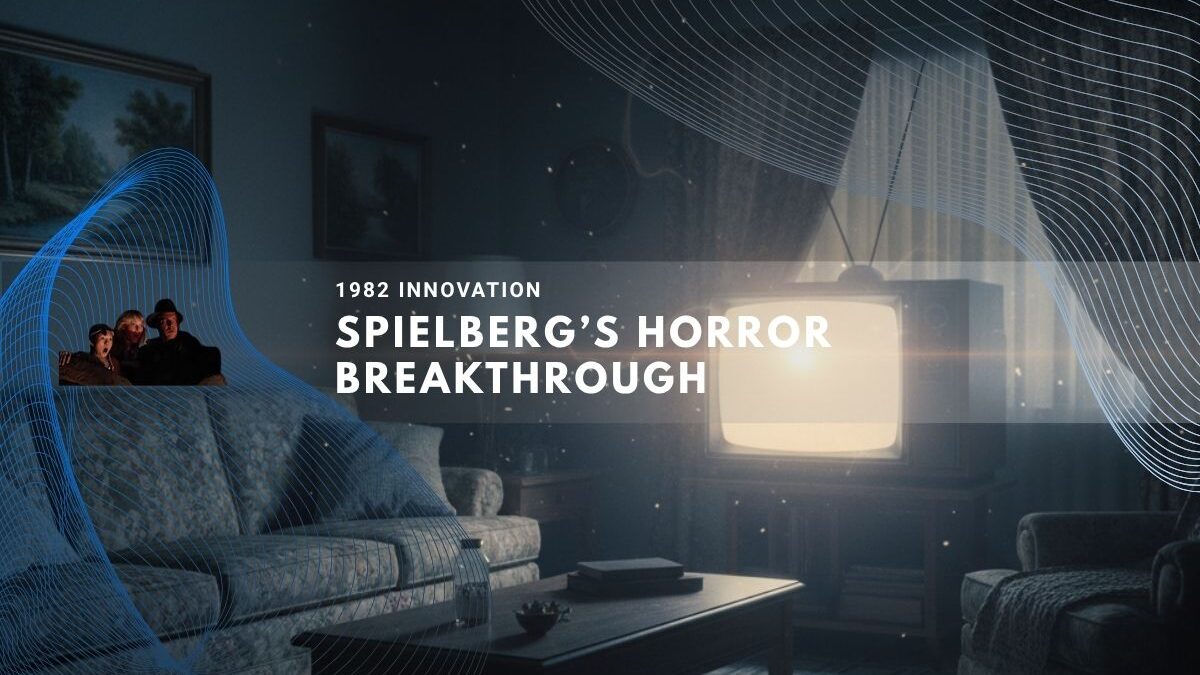Poltergeist premiered June 4, 1982, as a landmark horror film combining technical achievement with character authenticity. Steven Spielberg produced and co-wrote with Michael Grais and Mark Victor while developing E.T. Director Tobe Hooper led production, establishing a film that would influence supernatural horror for decades.[1][2][3][4]
Female Characters and Family-Centered Narrative Structure
The screenplay prioritized strong female perspectives rather than male-dominated horror tropes. Three female characters anchored the story:[5]
- Diane Freeling (JoBeth Williams) – protective mother confronting supernatural forces directly
- Dr. Lesh (Beatrice Straight) – parapsychologist providing scientific investigation authority
- Tangina Barrons (Zelda Rubinstein) – psychic consultant offering spiritual perspective
Williams initially declined horror projects but accepted after learning Spielberg wrote the screenplay. The cast employed improvisational techniques, with cameras rolling during casual moments to capture naturalistic family interactions.[6][7]
Cast Credentials Shaping Production Quality
Craig T. Nelson: Performed stand-up comedy and worked with The Groundlings improvisational troupe in the early 1970s. This background enabled seamless shifts between comedy and crisis throughout family scenes.[8][9]
Heather O’Rourke: Born December 27, 1975, was five during filming and six at release. Despite her age, she demonstrated professional maturity, matching emotional cues from adult performers without complaint.[10][11][12]
Beatrice Straight: Won the Academy Award for Best Supporting Actress in 1976 for Network, holding the distinction of cinema’s shortest Oscar-winning performance (five minutes, two seconds). Her credibility elevated the entire production’s prestige.[13][14]
Zelda Rubinstein: Played Tangina Barrons, an iconic supporting role defining her career across Poltergeist II (1986) and Poltergeist III (1988).[15][16]
Richard Lawson: played Dr. Ryan, completing the three-person research team investigating the Freeling house.[17]
Martin Casella: made his film debut as Dr. Marty Casey, the skeptical researcher.[18]
Technical Innovation in Practical Effects
Chair-Stacking Sequence Execution
The famous kitchen sequence used single-take filming with hidden crew coordination:
- Camera follows Diane straightening chairs across kitchen
- She turns back discovering chairs impossibly stacked on table
- Uninterrupted take without cuts or digital assistance
- Crew removed chair configuration outside frame
- Simultaneously installed pre-stacked tower perfectly positioned
- Sound completely re-dubbed post-production eliminating crew noise
This technique prioritized camera movement and performance over visible special effects.[19]
Gimbal Technology and Ceiling Sequence
The ceiling drag scene used a rotating set (gimbal) paralleling Fred Astaire’s 1951 Royal Wedding ceiling dance. Cinematographer Dennis experienced severe nausea from centrifugal motion, limiting usable takes.[20][21][22]
Real Human Remains and Ethical Implications
The pool sequence used genuine human skeletal remains rather than theatrical props. Williams discovered this post-filming, reflecting her emotional response would have intensified with prior knowledge. Spielberg waded into the water during filming, telling Williams: “If you get electrocuted, it’ll kill me, too.”[23][24]
Contemporary filmmaking prioritizes respectful treatment of human remains through high-quality replicas and digital alternatives.[25]
Face-Ripping Scene and Rating Negotiations
Martin Casella could not perform the graphic face-ripping hallucination directly. Spielberg volunteered, positioning himself beneath the prosthetic dummy wearing Casella’s ring to match jewelry details. He executed the scene with mechanical efficiency that read as horrifying conviction.[26][27][28]
Casella later filmed supplementary prosthetic shots; makeup artists mistakenly applied elements to the wrong side working from mirror image.[29]
Poltergeist received PG rating despite initial R-rating consideration. PG-13 rating didn’t exist until July 1, 1984, approximately two years after Poltergeist’s release. Indiana Jones and the Temple of Doom (May 23, 1984) was among the first PG-13 films.[30][31][32]
Spielberg removed the ghost-bite scene where Casella’s character was lifted and attacked, prioritizing narrative momentum over spectacle.[33]
